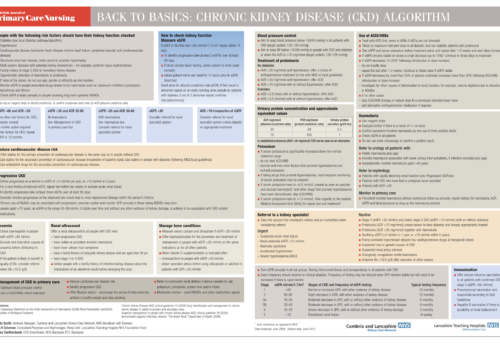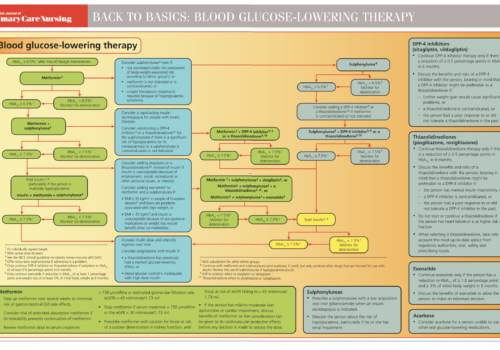There is a profusion of guidelines and recommendations setting out targets for managing the risk factors associated with cardiovascular disease to help us manage our patients. But which ones should we follow? In this article, we compare the treatment thresholds and targets in these different recommendations, consider the reasons for the variety of targets and look at how to rationalise the selection of the targets for an individual patient.
Lipids on trial
By focusing on total cholesterol alone, primary care is guilty of not going far enough to address cardiovascular residual risk. Through extensive landmark clinical studies, the use of statins to reduce the level of low-density lipoprotein cholesterol (LDL-C) and the risk of cardiovascular events has been demonstrated unequivocally, and now the treatment makes up the […]
Sexual activity and erectile dysfunction in men with cardiovascular disease: assessing and managing risk
Editorial
Welcome to this issue of BJPCN. I find myself, rather like a modern-day Scrooge, worrying about how we will face the next financially challenging years in the NHS. The Government has recently announced a pay freeze for GPs, and Lawrence Buckman, chair of the BMA’s GP Committee, warns that this affects not just doctors but all of the members of the teams they work with. This will put pressure on primary care teams, which can spill into day-today interaction with each other and with patients. How can we ensure that the quality of patient care is maintained throughout these tough times?
Diagnosing diabetes: who to test and what test to use
Diabetes affects approximately 3-4% of the British population but is thought to be significantly under-diagnosed. How can we improve the number of patients who are diagnosed early and so improve their risk of long-term complications?
New role for HbA1c in diagnosing diabetes
Glycated haemoglobin – HbA1C, or A1C as it is now being called – should be used to diagnose diabetes, according to a recent recommendation from an international expert committee appointed by the American Diabetes Association, the International Diabetes Federation and the European Association for the Study of Diabetes. We explore the basis for this recommendation, and look at why HbA1C would provide a more accurate measure for diagnosing diabetes than glucose tests and what the change would mean in clinical practice.
Starting on a GLP-1 analogue: Byetta or Victoza
Back to Basics: Chronic kidney disease (CKD) algorithm
Putting the NHS health check programme into action: hearts, brains and kidneys
The prevention of cardiovascular disease (CVD) is being moved up a gear with the ambitious and wide-reaching NHS Health Check programme. The agenda for this programme has been clearly laid out for us in the Putting Prevention First best practice guidance that was published in April 2009. The “Cog Man” on the cover highlights the close links between the heart, brain, kidneys and diabetes, explaining the comprehensive nature of vascular risk assessment, and this image is going to be seen regularly on national leaflets and posters promoting the programme. This article provides a practical guideline for the primary care team on implementing the Health Check programme, setting out who we should be checking, what we should be checking and how we should act on what we find.
Helping your patients to manage their weight: a behavioural approach
The health risks of obesity are only too obvious but, despite this, its prevalence continues to increase. It is a leading cause of both physical and psychological ill health, and is notoriously difficult to treat. For this reason, the National Institute for Health and Clinical Excellence (NICE) emphasises the importance of preventing obesity and has produced guidelines on the most effective approaches. Many health professionals wish to support their patients with weight loss, but research has shown that they do not always feel well equipped to do this. In this article we review the importance of a behavioural approach in managing overweight and obesity and provide practical advice on how to help overweight patients achieve sustainable behavioural change.






















